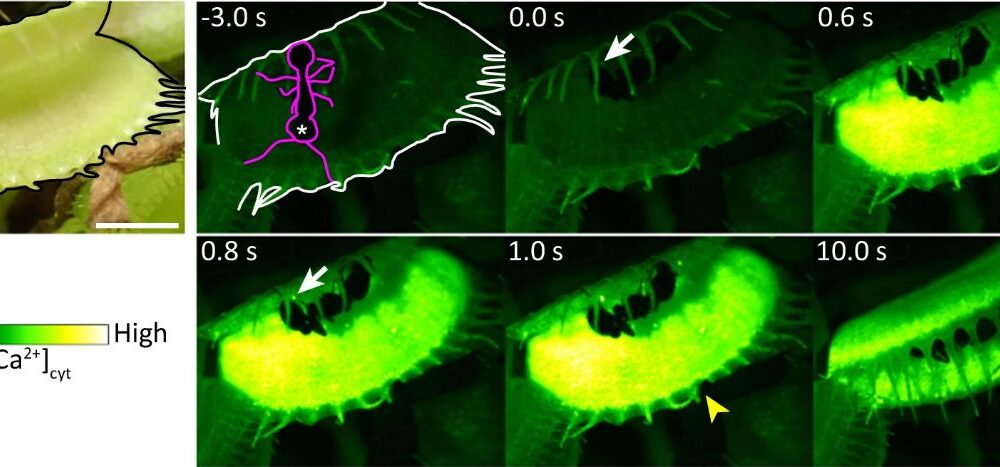Motor neuron diseases, including amyotrophic lateral sclerosis (ALS) and hereditary spastic paraplegia (HSP), have long been considered genetically distinct despite their similar physical manifestations. A recent study conducted by researchers from St. Jude Children’s Research Hospital and the University of Miami Miller School of Medicine has revealed a significant overlap in genetic variants associated with these disorders, indicating shared genetic causes that could inform future treatments.
Published on October 29, 2025, in the journal Translational Neurodegeneration, the study identifies previously unrecognized ultrarare gene variants linked to both ALS and HSP. This groundbreaking analysis suggests that many patients diagnosed with one condition may also carry genetic mutations traditionally associated with the other. The implications of these findings could lead to improved diagnostic approaches and more focused therapeutic strategies.
While both ALS and HSP lead to progressive motor dysfunction, they exhibit distinct clinical characteristics. ALS commonly begins with weakness in the arms, legs, head, or neck, whereas HSP typically starts in the legs. Traditional understanding has classified the causative genes for these disorders as largely separate. However, the research team, led by Gang Wu, PhD, hypothesized that there might be more genetic overlap than previously acknowledged.
Utilizing a sophisticated genetic analysis tool called CoCoRV, the researchers examined a dataset comprising 222 ALS patients and 134 HSP patients from various centers across the United States, Europe, and South Africa. They discovered a total of 423 unique disease-causing variants. Crucially, many variants linked to HSP were also present in patients diagnosed with sporadic ALS, highlighting a shared genetic vulnerability.
“Variants are often dismissed if they are not contextually relevant, such as ALS patients carrying rare variants in HSP genes,” explained Wu. The findings challenge the notion that genetic mutations should solely be interpreted within the confines of a single disorder and underscore the necessity of considering interconnected genetic landscapes.
The study’s co-corresponding author, Michael Benatar, MD, PhD, emphasized the significance of studying multiple related disorders together. “The work published today underscores the value of this approach,” he stated. The researchers aim to encourage further exploration of motor neuron disease-associated genes in an unbiased manner, which could ultimately lead to more personalized patient care.
Among the notable discoveries was the canonical HSP gene AP4S1, which appeared to be significantly enriched in ultrarare variants in ALS patients of European ancestry. This finding illustrates the potential for misclassification of genetic risk factors and the need for a more integrated understanding of these diseases.
The study also highlights the progress made in the past decade towards decoding the genetic landscape of motor neuron diseases. As J. Paul Taylor, MD, PhD, one of the study’s co-authors, remarked, “This study furthers that cause by showing the overlapping contributions of canonically distinct genes, offering a clear path forward to more accurate diagnosis and care.”
The research was supported by several organizations, including the National Institutes of Health and the ALS Association, among others. The collaboration involved numerous contributors from leading institutions, showcasing a concerted effort to advance understanding in this critical area of medical research.
As the scientific community continues to unravel the complexities of motor neuron diseases, these findings represent a crucial step towards developing targeted interventions that could improve the quality of life for patients affected by these debilitating disorders.







